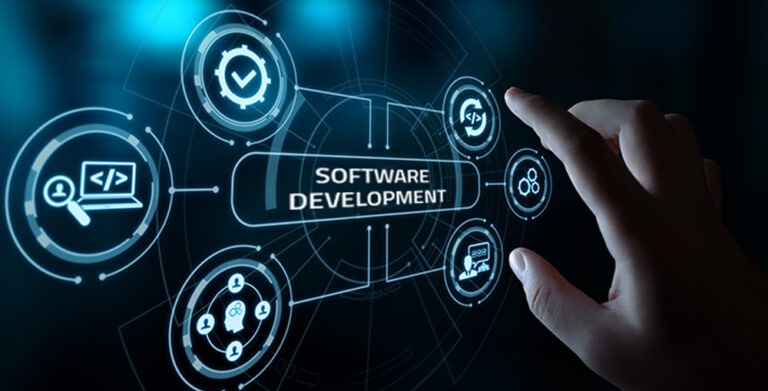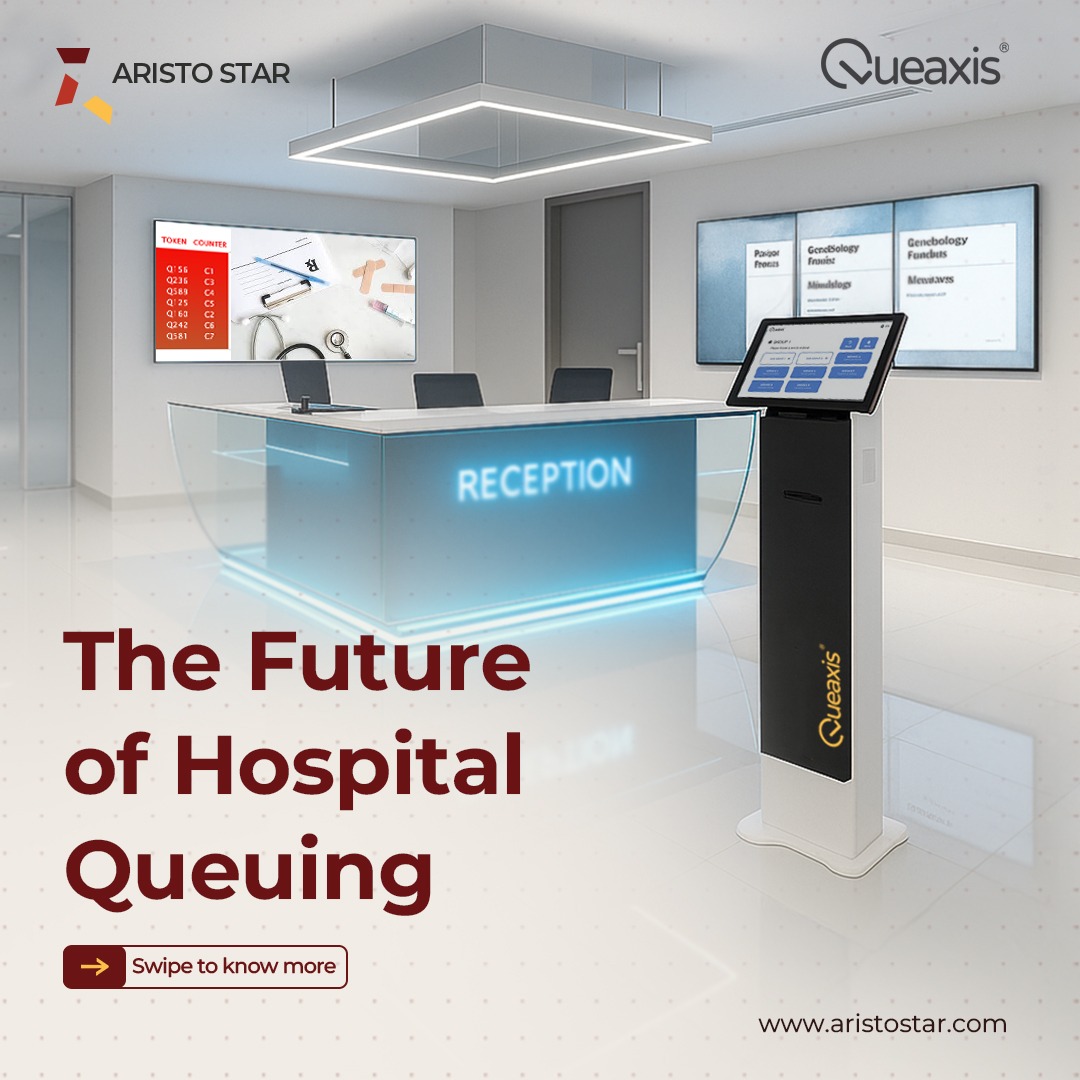

Government
Streamlining Queue Management in Government Sectors: Enhancing Efficiency and Public Satisfaction
In today’s fast world, government entities are increasingly challenged to deliver services efficiently while ensuring public satisfaction. One critical aspect that has significant implications for both efficiency and user experience is queue management. Government offices often deal with long lines and wait times, leading to frustration and a negative perception of public services. Therefore, investing in effective queue management strategies can not only improve operations but also enhance the overall public experience.
Understanding the Need for Effective Queue Management
Government offices provide a countless number of services, from issuing identification documents to processing permits and licenses. Each of these services typically has its designated procedures, which can lead to crowds , especially during peak times. Long wait times have historically led to dissatisfaction amongst citizens, as they often equate these delays with inefficiency and incompetence within public service systems. With limited resources, agencies are tasked with delivering a high volume of services effectively.
Therefore, adopting effective queue management systems can create more streamlined processes, resulting in significant time savings and improved citizen experiences.
How Queaxis Queue Management Solution can help enhance the process:
- Digital Queue Management Systems: Utilizing technology can significantly enhance the queue management process. Queaxis allow citizens to book appointments online, reducing the need for physical queues. It can send reminders via SMS or email, ensuring that only those who are scheduled visit the office. Additionally, Queaxis can provide real-time queue updates, allowing citizens to plan their visits effectively.
- Self-Service Kiosks: Implementing self-service kiosks in government offices can expedite the process for citizens. With kiosks, individuals can complete routine tasks such as form submissions or payments without waiting in line. By enabling self-service capabilities, agencies can allocate more staff to complex inquiries, improving efficiency and customer satisfaction.
- Physical Queue Design: The physical layout of waiting areas can also have a profound impact on queue management. Designing the waiting area to be more organized, with clear signage and designated lines, can help manage flow better. Implementing a structured queuing system where citizens take a numbered ticket or are directed to the next available service point can reduce anxiety and improve the overall experience.
- Feedback Mechanisms: Establishing feedback mechanisms allows government agencies to collect valuable insights from citizens about their experiences. Surveying citizens after their visit can help identify pain points and areas where improvements are needed. This proactive approach allows agencies to adapt their services continually to meet public expectations.
Related Blogs
Customer Experience in Banking
Looking to improve customer experience in banking? Find out how CJM tools enable personalization at scale and drive deeper customer relationships.

Patient Journey Mapping to Improve Hospital Experience
Every hospital visit is more than a medical procedure; it's a personal story filled with emotions, expectations, and interactions.

Healthcare
In the healthcare sector, where patient care and experience are most important, effective queue management is essential.























